Brown Arts Institute
Residual Noise: Spatial Audio Concert #2
April 5, 2025
CONCERT
Featuring works by Isaac Barzso, Brian House, kite/wing (Suzanne Kite and Robbie Wing), JayVe Montgomery, Ed Osborn, Femi Shonuga-Fleming, and Jake Sokolov-Gonzalez and Peter Szendy.
Residual Noise: Spatial Audio Concert #2
April 5, 2025
CONCERT
Featuring works by Isaac Barzso, Brian House, kite/wing (Suzanne Kite and Robbie Wing), JayVe Montgomery, Ed Osborn, Femi Shonuga-Fleming, and Jake Sokolov-Gonzalez and Peter Szendy.
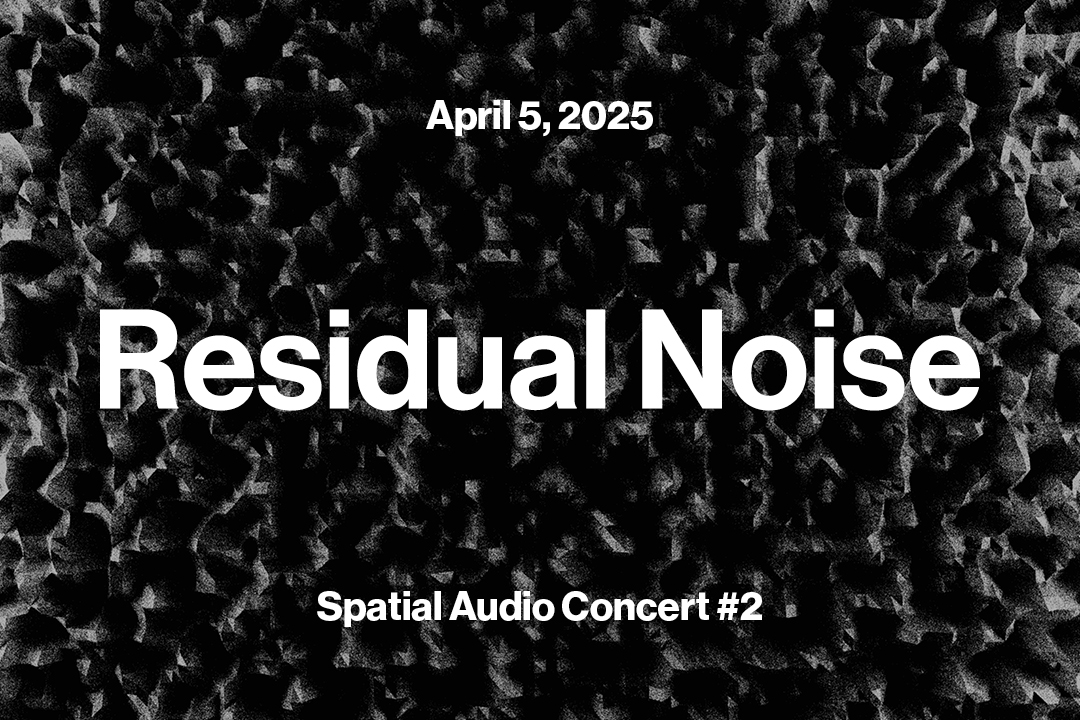
Spatial Audio Concert #2
7:30 PM
Ambisonic Cube, Main Hall,
The Lindemann Performing Arts Center
144 Angell Street, Providence, RI
Featuring works by Isaac Barzso, Brian House, kite/wing (Suzanne Kite and Robbie Wing), JayVe Montgomery, Ed Osborn, Femi Shonuga-Fleming, and Jake Sokolov-Gonzalez and Peter Szendy.
Program Notes
About the Artists
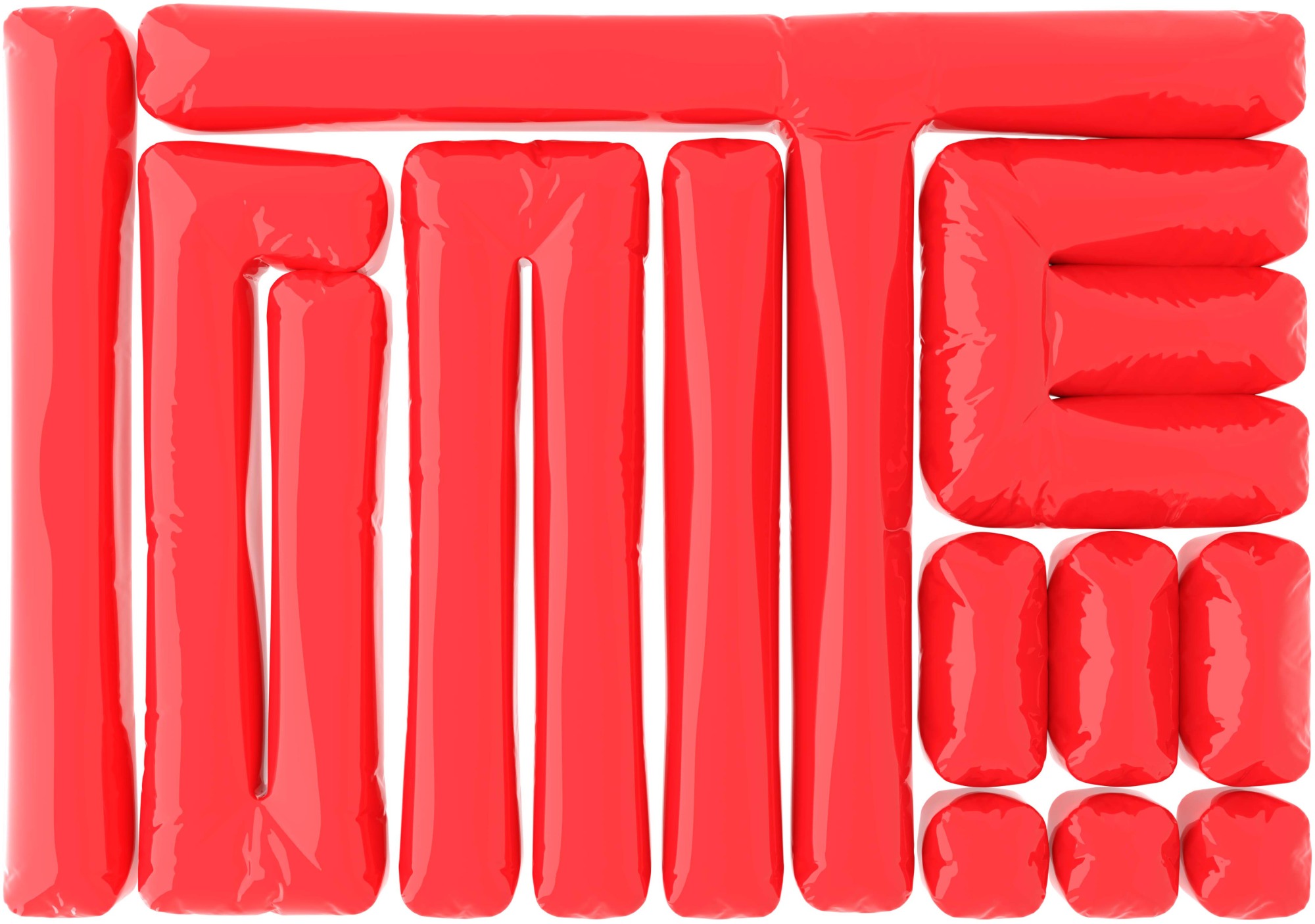
Brown Arts’ IGNITE Series uplifts the spirit of artistic collaboration across Brown, Providence, the Rhode Island region, and beyond. Ignite your creative curiosity through this multi-year series of programs, activations, interventions, and investigations.

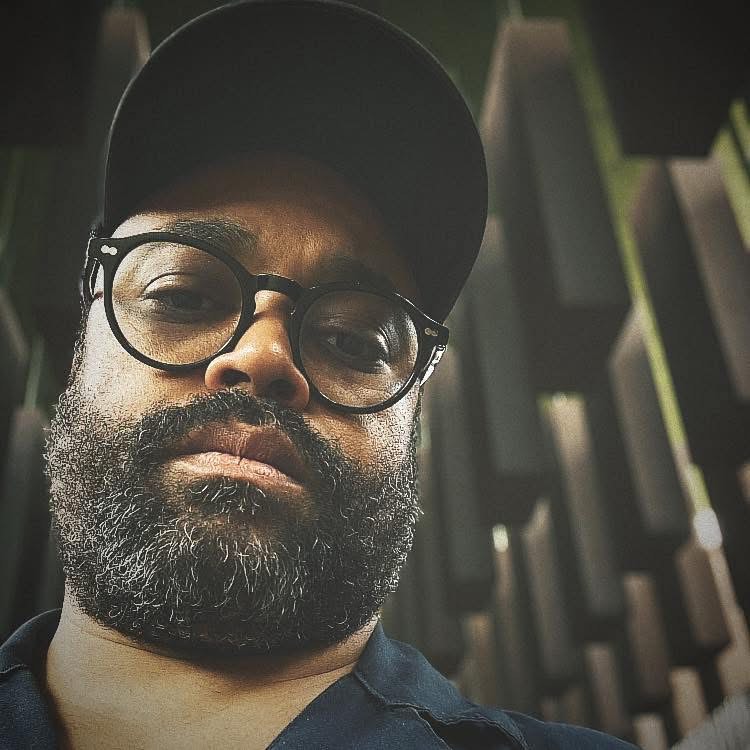 JayVe Montgomery is a site-specific improviser who breathes epigenetic listening into woodwind instruments and bells as a sustained decay descendant of the sound at the bottom of a slave ship. These soundings range from acoustic to electroacoustic; from horns and bells to samplers and turntables.
JayVe Montgomery is a site-specific improviser who breathes epigenetic listening into woodwind instruments and bells as a sustained decay descendant of the sound at the bottom of a slave ship. These soundings range from acoustic to electroacoustic; from horns and bells to samplers and turntables.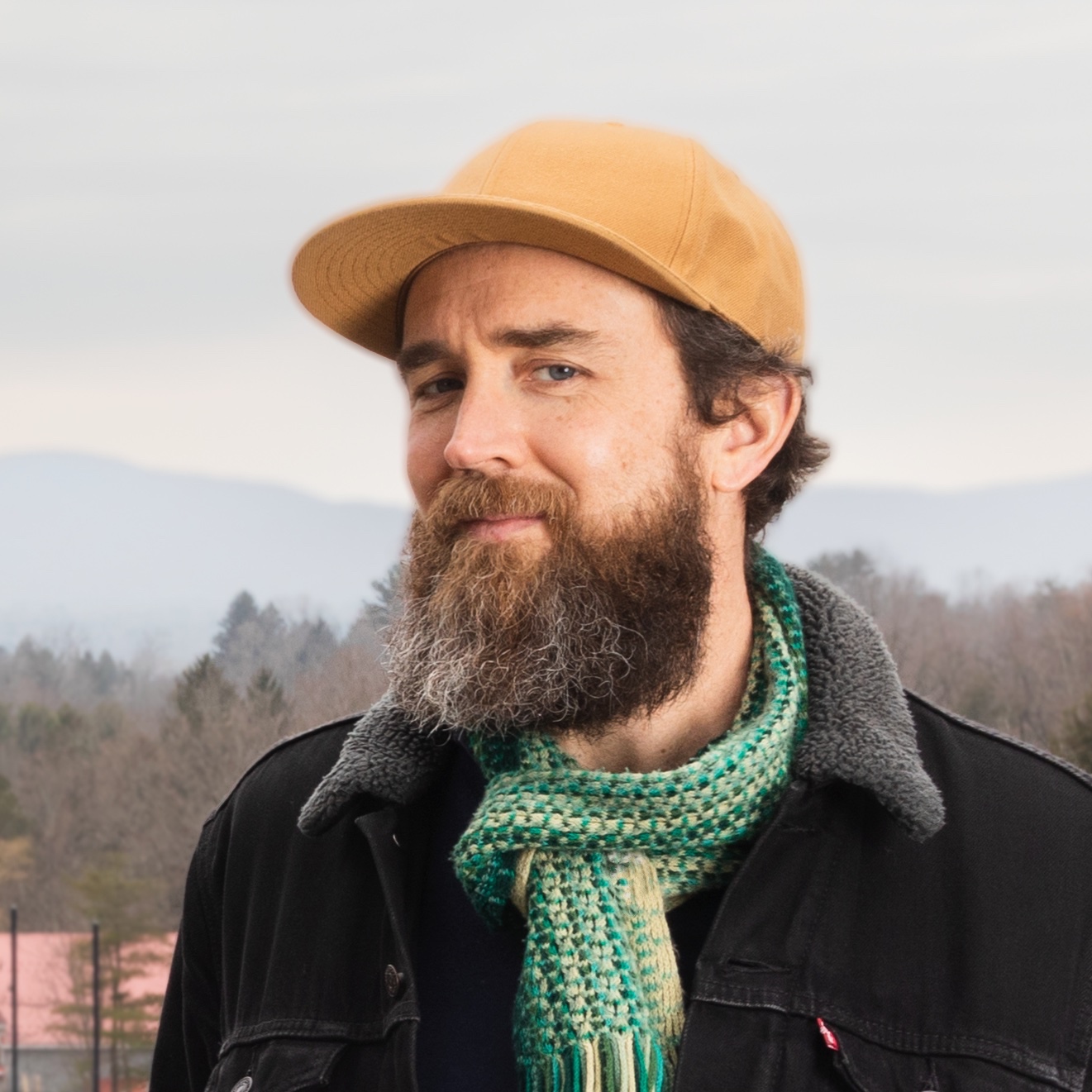 Brian House (he/him) is an artist who investigates the rhythms of human and nonhuman systems. Through sound, subversive technology, and multidisciplinary research, he makes our interdependencies audible in order to imagine new political realities. His current project, Macrophones, explores atmospheric infrasound as a means of listening to the climate crisis.
Brian House (he/him) is an artist who investigates the rhythms of human and nonhuman systems. Through sound, subversive technology, and multidisciplinary research, he makes our interdependencies audible in order to imagine new political realities. His current project, Macrophones, explores atmospheric infrasound as a means of listening to the climate crisis.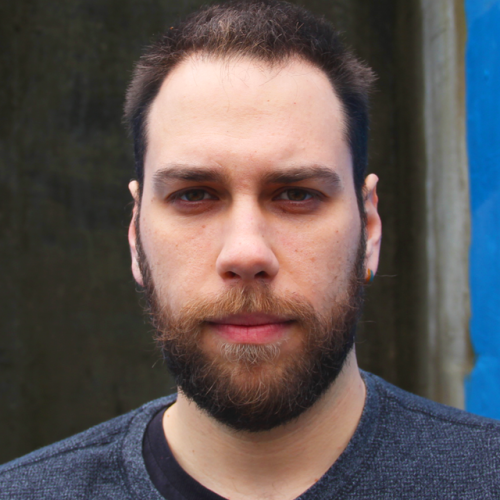 Jake Sokolov-Gonzalez is a musician and educator from New York City whose practice is based equally in free improvisation and tedious technical labor. He’s currently working on very-close-miked, very quiet cello music; a distended piano score for a short film; and a rolling drum’n’bass visual record. He’s been teaching creative music in the NYC public schools since 2013. He produces pop and dance music under the name BABL.
Jake Sokolov-Gonzalez is a musician and educator from New York City whose practice is based equally in free improvisation and tedious technical labor. He’s currently working on very-close-miked, very quiet cello music; a distended piano score for a short film; and a rolling drum’n’bass visual record. He’s been teaching creative music in the NYC public schools since 2013. He produces pop and dance music under the name BABL.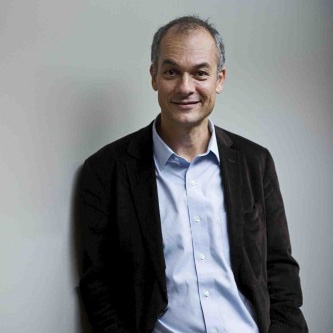 Peter Szendy is David Herlihy University Professor of Humanities and Comparative Literature. Among his publications: Of Stigmatology: Punctuation as Experience (Fordham University Press, 2018); Le Supermarché du visible: Essai d'iconomie (Éditions de Minuit, 2017); All Ears: The Aesthetics of Espionage (Fordham University Press, 2016); Phantom Limbs: On Musical Bodies (Fordham University Press, 2015); Apocalypse-Cinema: 2012 and Other Ends of the World (Fordham University Press, 2015); Kant in the Land of Extraterrestrials: Cosmopolitical Philosofictions (Fordham University Press, 2013). At the Cogut Institute, Szendy leads the Economies of Aesthetics Initiative.
Peter Szendy is David Herlihy University Professor of Humanities and Comparative Literature. Among his publications: Of Stigmatology: Punctuation as Experience (Fordham University Press, 2018); Le Supermarché du visible: Essai d'iconomie (Éditions de Minuit, 2017); All Ears: The Aesthetics of Espionage (Fordham University Press, 2016); Phantom Limbs: On Musical Bodies (Fordham University Press, 2015); Apocalypse-Cinema: 2012 and Other Ends of the World (Fordham University Press, 2015); Kant in the Land of Extraterrestrials: Cosmopolitical Philosofictions (Fordham University Press, 2013). At the Cogut Institute, Szendy leads the Economies of Aesthetics Initiative.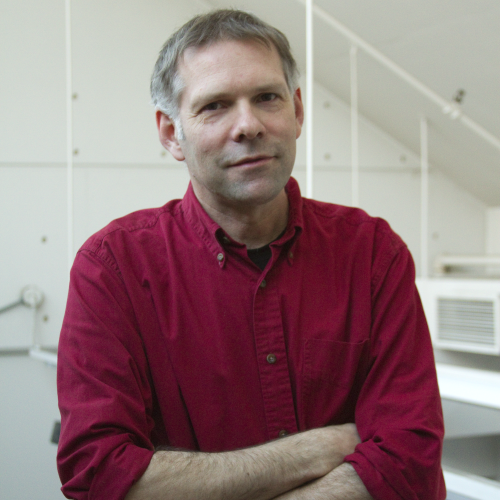 Ed Osborn works with many forms of electronic media including installation, video, sound, and performance. He has presented his work at the San Francisco Museum of Modern Art, the singuhr-hörgalerie (Berlin), the Berkeley Art Museum, Artspace (Sydney), the Institute of Modern Art (Brisbane), the ZKM Center for Art and Media (Karlsruhe), Kiasma (Helsinki), MassMOCA (North Adams), the Yale University Art Gallery, and the Sonic Arts Research Centre (Belfast). Osborn has received grants from the Guggenheim Foundation, the Creative Work Fund, and Arts International and been awarded residencies from the DAAD Artists-in-Berlin Program, the Banff Centre for the Arts, Elektronmusikstudion (Stockholm), STEIM (Amsterdam), and EMPAC (Troy, NY). He is Professor of Visual Art and Music at Brown University.
Ed Osborn works with many forms of electronic media including installation, video, sound, and performance. He has presented his work at the San Francisco Museum of Modern Art, the singuhr-hörgalerie (Berlin), the Berkeley Art Museum, Artspace (Sydney), the Institute of Modern Art (Brisbane), the ZKM Center for Art and Media (Karlsruhe), Kiasma (Helsinki), MassMOCA (North Adams), the Yale University Art Gallery, and the Sonic Arts Research Centre (Belfast). Osborn has received grants from the Guggenheim Foundation, the Creative Work Fund, and Arts International and been awarded residencies from the DAAD Artists-in-Berlin Program, the Banff Centre for the Arts, Elektronmusikstudion (Stockholm), STEIM (Amsterdam), and EMPAC (Troy, NY). He is Professor of Visual Art and Music at Brown University.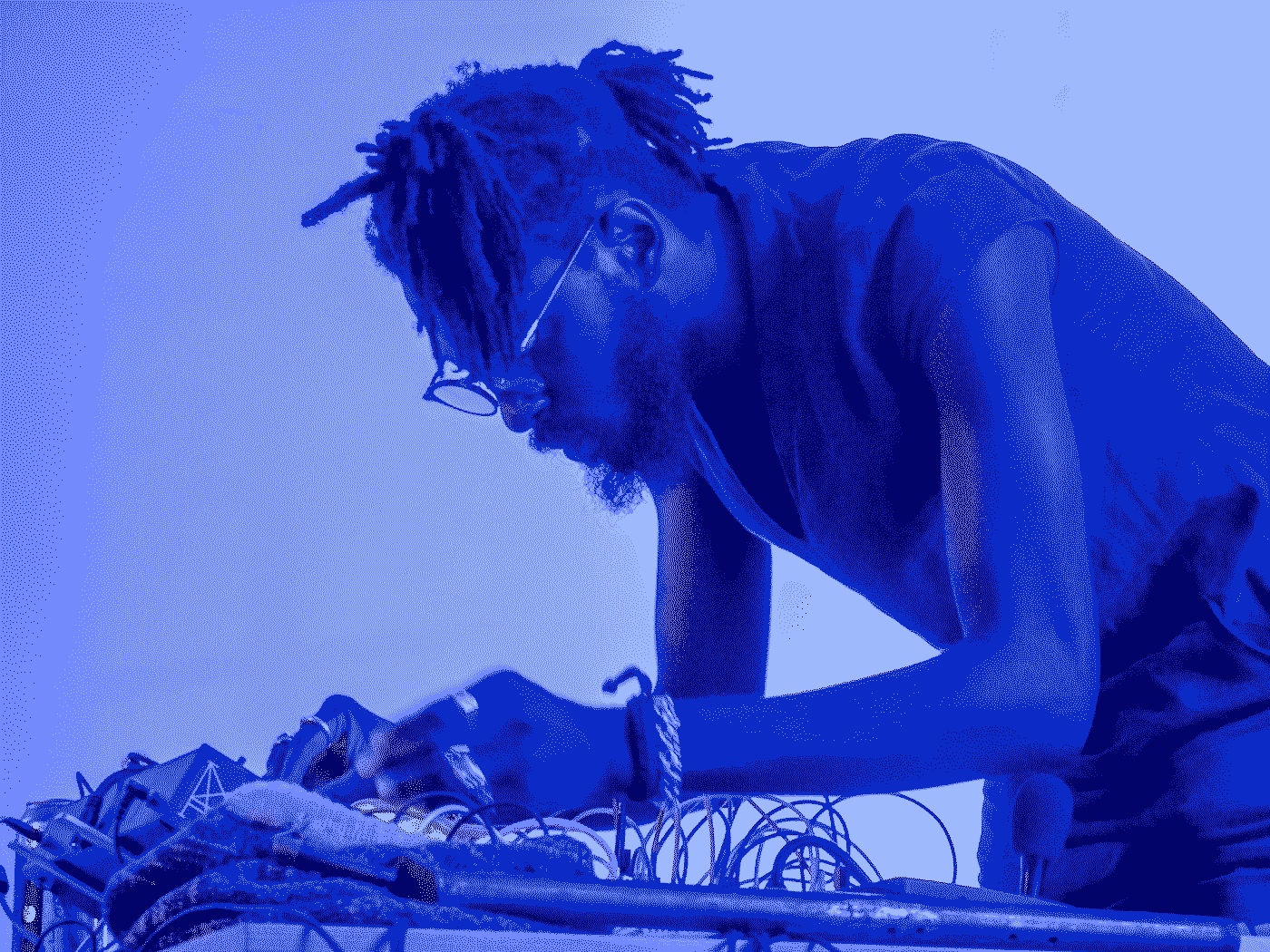 Femi is an architect and sound artist from New York who works with various synthesis techniques and live coding languages to discuss the organic within electronics and technology through sound art and composition. His work explores the intersections of sound and space though spatial audio and architectural design as an experimental practice. He’s most interested in generative systems, chance, texture within sonic soundscapes. Femi’s architectural work explores indigenous ritual practice as a vessel for conversation between sound, space and interactions of the body. Femi has been performing as a solo experimental electronic improvisation artist since 2018 as sadnoise. Musical and Festival performances include Ende Tymes (2022, New York), Creative Code Festival (2020, New York), Waterworks Festival (2024), Slabfest (2024), amongst others.
Femi is an architect and sound artist from New York who works with various synthesis techniques and live coding languages to discuss the organic within electronics and technology through sound art and composition. His work explores the intersections of sound and space though spatial audio and architectural design as an experimental practice. He’s most interested in generative systems, chance, texture within sonic soundscapes. Femi’s architectural work explores indigenous ritual practice as a vessel for conversation between sound, space and interactions of the body. Femi has been performing as a solo experimental electronic improvisation artist since 2018 as sadnoise. Musical and Festival performances include Ende Tymes (2022, New York), Creative Code Festival (2020, New York), Waterworks Festival (2024), Slabfest (2024), amongst others.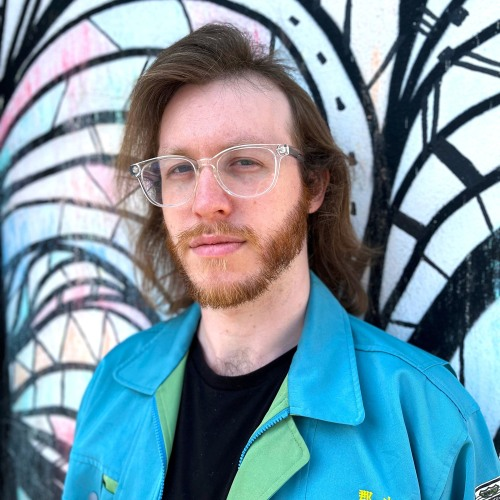 Composer, improviser, and sound artist Isaac Barzso strives to explore the activity of placemaking and the transfer of data and methods of communication between different mediums, aiming to create music and multimedia art that exists in the space between. Heavily influenced by disparate aspects of pop culture, such as the textures of post-rock music and the structures of literature and film, his music often utilises techniques within computer-generated or computer-assisted composition to close the gap between acoustic and electronic media. Isaac’s work has been featured at venues such as the Darmstädter Ferienkurse, SEAMUS, NYC Electronic Music Festival, and ICMC. In 2023 he graduated with distinction (M.M.) from the Royal Conservatory of The Hague.
Composer, improviser, and sound artist Isaac Barzso strives to explore the activity of placemaking and the transfer of data and methods of communication between different mediums, aiming to create music and multimedia art that exists in the space between. Heavily influenced by disparate aspects of pop culture, such as the textures of post-rock music and the structures of literature and film, his music often utilises techniques within computer-generated or computer-assisted composition to close the gap between acoustic and electronic media. Isaac’s work has been featured at venues such as the Darmstädter Ferienkurse, SEAMUS, NYC Electronic Music Festival, and ICMC. In 2023 he graduated with distinction (M.M.) from the Royal Conservatory of The Hague.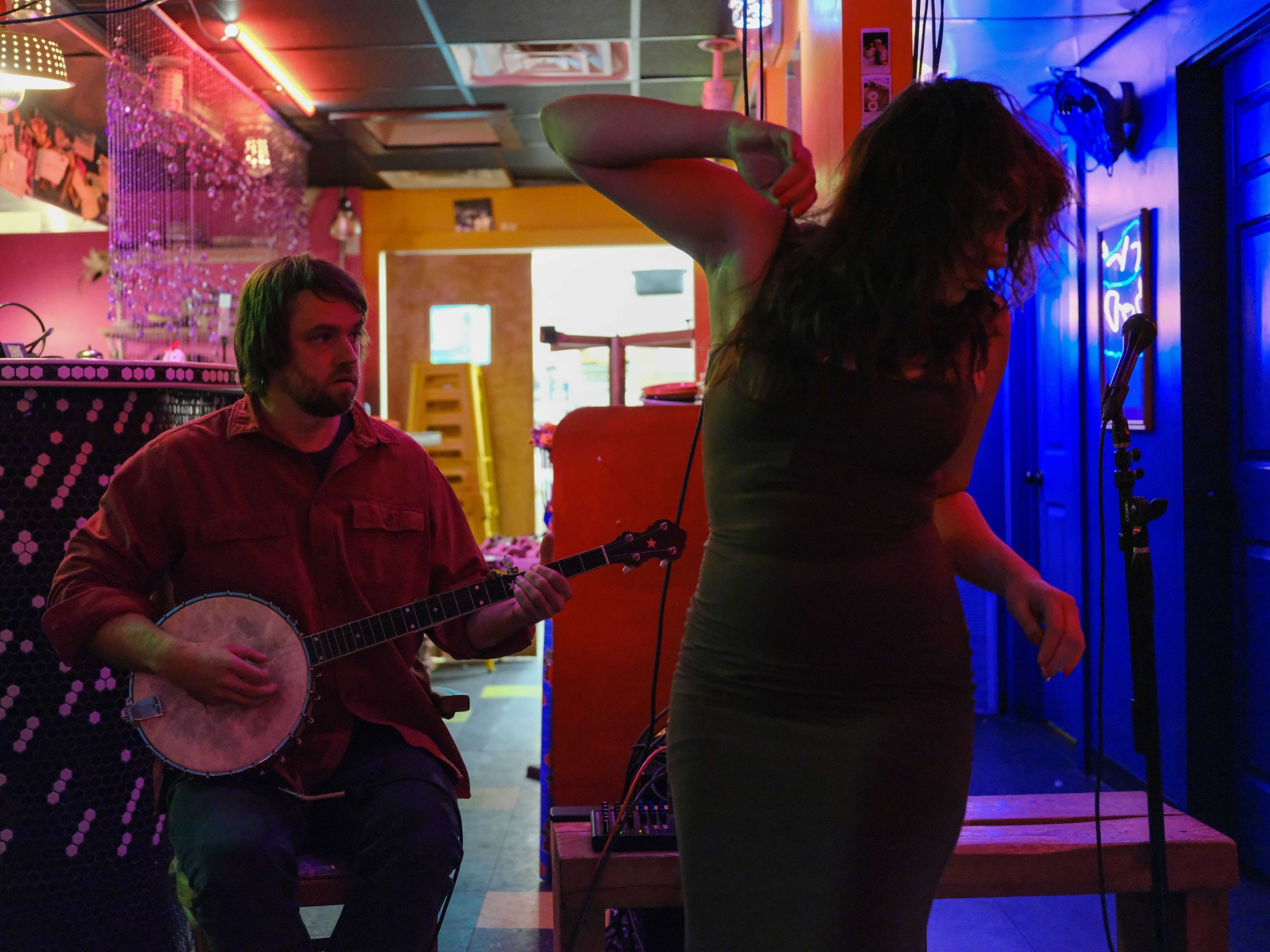 kite/wing is a performance duo based in the Hudson Valley, NY made up of Robbie Wing (Cherokee Nation citizen) installation artist, musician, and performer and Kite (Oglála Lakȟóta) performance artist, visual artist, and composer. kite/wing often comprises electronics, body interface, machine learning tools, banjo, violin, field recordings and more.
kite/wing is a performance duo based in the Hudson Valley, NY made up of Robbie Wing (Cherokee Nation citizen) installation artist, musician, and performer and Kite (Oglála Lakȟóta) performance artist, visual artist, and composer. kite/wing often comprises electronics, body interface, machine learning tools, banjo, violin, field recordings and more.